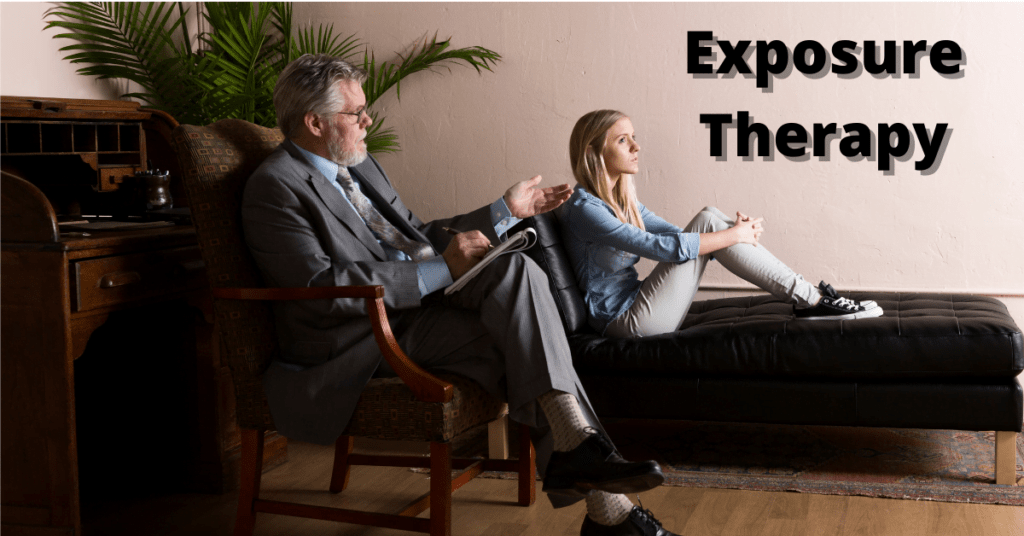Contents
What Is Exposure Therapy?
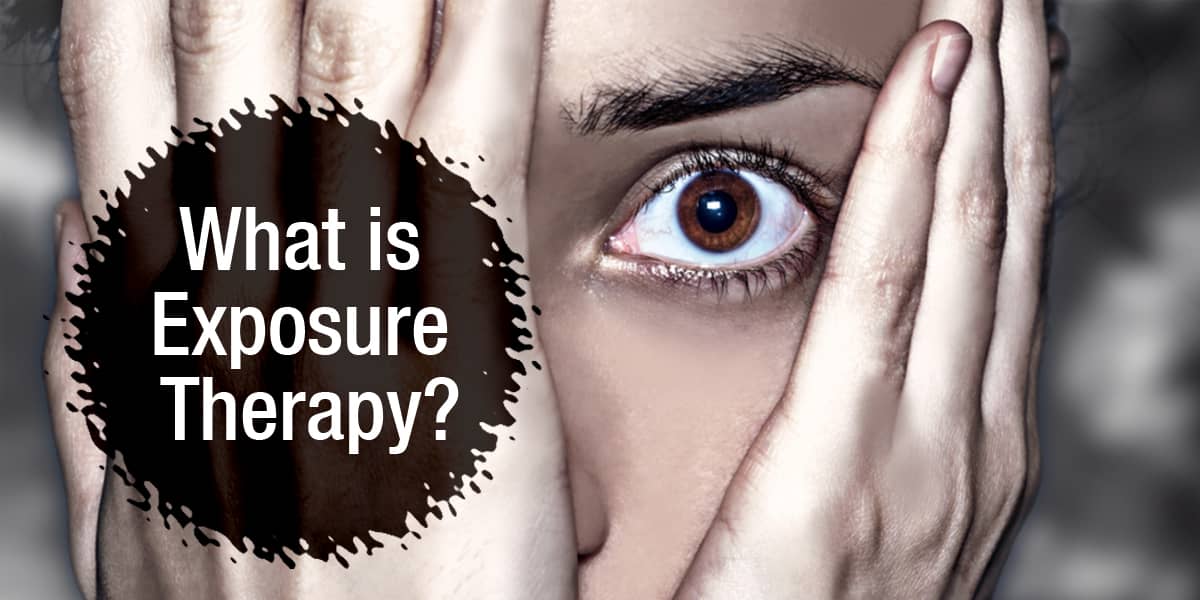 Mental illness is a scary thing. It can be difficult to know how to help someone with this issue. There are many different options for therapies. But one of the most effective treatments is exposure therapy.
Mental illness is a scary thing. It can be difficult to know how to help someone with this issue. There are many different options for therapies. But one of the most effective treatments is exposure therapy.
Exposure therapy means exposing yourself to the source of your fear. It can be very scary at first. But this is one of the most powerful techniques for overcoming anxiety and other mental illnesses. This kind of therapy works by making you gradually more comfortable with what makes you afraid or upset until it no longer bothers you.
The goal is that eventually, the situation will no longer cause any distress. This is because your brain has learned that nothing bad happens when you encounter whatever used to scare you so much. This therapy works best when you use it with relaxation techniques. This helps in learning to redirect your thoughts away from anxiety-producing things.
Types of Exposure Therapy
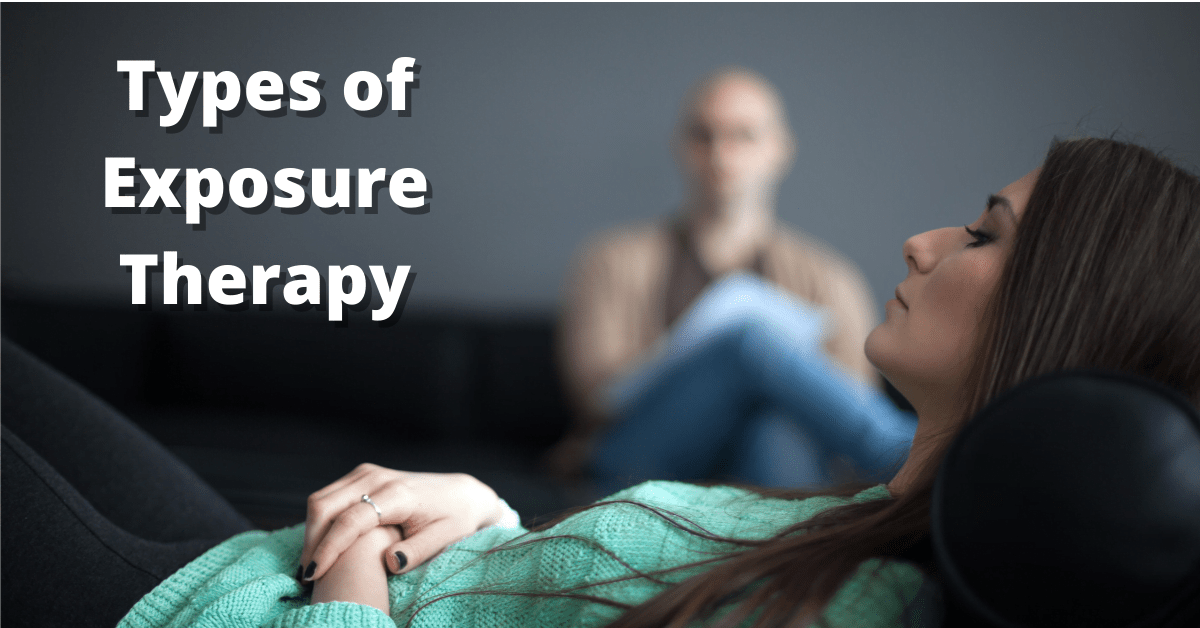
There are different types of exposure therapy. These include:
Virtual Reality Exposure
In this therapy, you’re given a virtual reality headset. This immerses you in an artificial world where you can face your fears.
Vivo Exposure
This type of exposure therapy involves confronting the actual things or people that trigger your anxiety. You might actually visit places that scare you or meet with someone who makes it worse. If this is too much to start with right away, maybe only having images from those scenarios would be enough at first. You can try not to overwhelm and stress out your brain.
Imaginal Exposure
With imaginal exposure, you use your imagination to bring up memories about something scary. These are like an incident at school or being attacked on the street. You focus only on what happened during these situations without trying not to think about it too much or analyze why it scared you so badly — this could make things worse instead of better. This is when you’re exposed to things that only happen inside your own head like memories, nightmares, or even flashbacks. It’s another way of facing fears in a safe setting where you can’t actually get hurt or be in any danger which helps your brain become less scared and more confident about the thing it feared before.
Techniques In Exposure Therapy

These are some of the techniques in exposure therapy:
Graded Exposure
This technique can help you tackle the fear that makes you feel anxious. You start by thinking about or imagining what scares you. After that, you gradually expose yourself to it until your anxiety goes down.
Graduated Relaxation
If there are things in your life that cause stress and worry, but they’re not specific fears, this method can be very effective. It combines relaxation techniques with the gradual exposure you get in graded exposure therapy to help you become calmer and more confident.
Systematic Desensitization
Systematic desensitization is a combination of two other kinds of therapies. These are relaxation training and graduated exposure. This method also requires that people write down their fears or concerns. This is before beginning treatment so they can work through them one by one.
Progressive Muscle Relaxation
This therapy is all about training yourself to relax by tensing up muscles. After that, you can relax them again so they stay nice and loose. It is while you think through the steps required for exposure therapy on your own without needing anything else at first.
Systematic Desensitization
In this therapy, the therapist will get a list of your fears from you and then put it into order from least to most frightening for you. Then, they’ll have you confront each fear in the order that they chose until you’re not afraid anymore. If one step is too hard or doesn’t work at all, your therapist might change things around a bit so that everything goes slowly and smoothly for you when working through what makes you anxious.
How To Get Exposure Therapy?
To get exposure therapy, contact a licensed therapist who specializes in this method so they know how best to work with people like you and create an individualized plan depending on where exactly your anxiety comes from. This way, there won’t be any guesswork involved because everything will go smoothly since it’ll be based on your particular situation and what you want to work through. If this isn’t possible, there are books about exposure therapy available too which can help guide you along the way so it’s easier for anyone to do at home without any professional resources necessary.
In Which Problems Exposure Therapy Is Used?
These are the problems in which you can use exposure therapy:
- Phobias or fears
- Anxiety, panic attacks, and stress
- Depression and mood swings. It can also treat issues of obsession such as unwanted intrusive thoughts, compulsive behaviors like addiction to alcohol, drugs, or smoking.
- PSTD or post-traumatic stress disorder
- Eating disorders
- Postpartum depression, OCD or obsessive-compulsive disorder, and PTSD are also common to many people who use exposure therapy. It can treat children as well for anxiety issues.
Working of Exposure Therapy
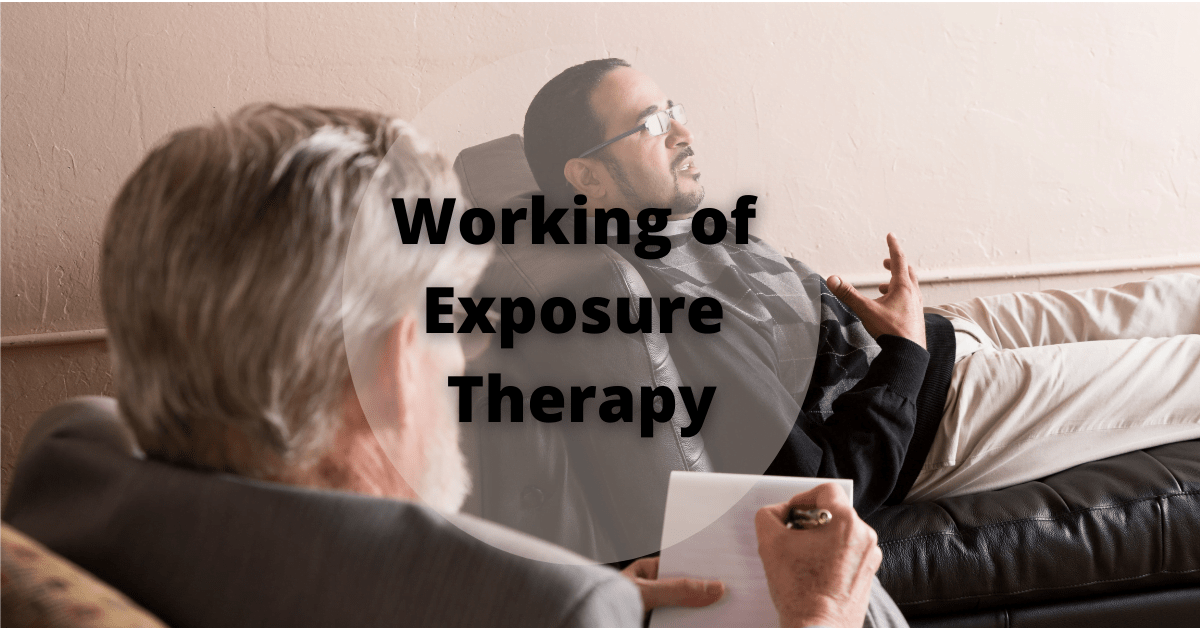
Exposure therapy works in a number of ways, but the most important is that it changes the way your brain reacts to fear. The steps of the working areas :
- Step 1: Step one is to take an inventory of what makes you anxious. Make a list. These will be the things that you expose yourselves to during this process. That is why it’s important for you all to know exactly what they are.
- Step 2: This step would be making the hierarchy which is ranking each item by difficulty. On your first exposure session, start with items at the bottom of your hierarchy (easiest ones). You can work up from there as long as everything goes well. If anything causes too much anxiety or panic then end early and discuss options. These are on how best to proceed before continuing higher up in the order again later when ready. With every successful time through using these techniques, the brain learns that it can handle these things. That is when you start becoming less anxious.
- Step 3: Expose yourself to these items.
- Step 4: Repeat the exposure until you no longer feel anxious while doing it. You can then move on to a harder item on your list. This is until you’ve completed them all. This may take weeks or months depending on how long each step takes, but this is very helpful.
Benefits of Exposure Therapy

These are the benefits of exposure therapy :
Provides Fast Results
This therapy works quickly. This is comforting for people who are struggling with anxiety or other mental illnesses that prevent them from being able to live their lives fully. A lot of the time, it only takes a few sessions before you start seeing some real changes in how your brain responds to what makes you anxious. If this doesn’t work on its own though, more intense treatments like medication might be necessary too depending on the situation.
Gives Long-Lasting Effects
Exposure therapy tends to make problems better and keep them under control. This is even after treatment ends because there’s less fear leftover inside your head about things. These fears might stress you out without having any actual danger attached to them anymore. Plus once anyone gains new skills through this method of working through their anxiety, there’s less risk of the symptoms coming back. It is even if you have another stressful situation to deal with in your life.
Helps In Understanding Fear
When you’re exposed to things that scare you over and over again, it’s easier for your mind to understand why these fears are irrational. This is because when people experience the same thing time after time without anything bad happening as a result of facing their biggest anxieties, there isn’t any reason left for them not to be able to deal with whatever comes up next in life too.
Helps To Take Over Fear
Exposure therapy can show you that when you really face your fears, it doesn’t have to be a bad thing at all even if some of these situations are uncomfortable or difficult. You might find that being exposed to things that make you feel anxious actually helps you grow stronger and more confident about what’s possible for yourself in the future instead of just experiencing something unpleasant each time without any positive changes occurring as a result.
Side-Effects of Exposure Therapy
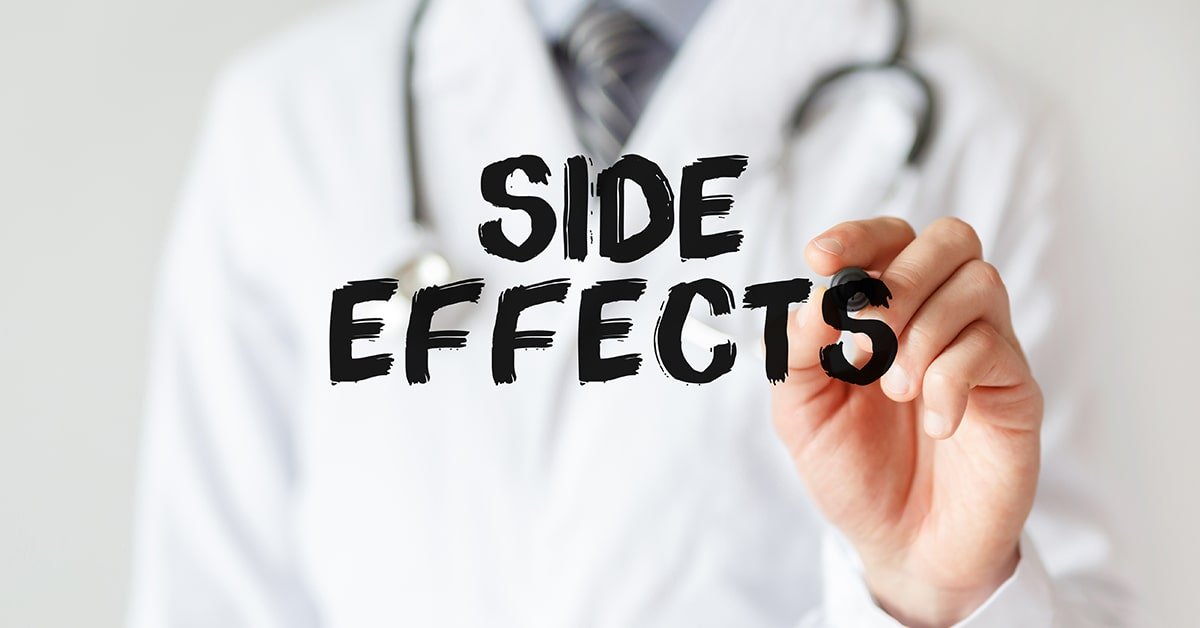
These are some side-effects of exposure therapy:
- Exposure therapy isn’t always the best choice for everyone, especially if you feel like it might be too overwhelming in your current state. Sometimes this type of treatment can make people feel worse instead of better at first since they’re facing fears that scare them a lot or cause uncomfortable feelings to surface which is why it’s important not to rush into anything.
- This therapy may also trigger panic attacks in people who are especially sensitive. If anyone is considering exposure therapy, they should talk to their doctor first.
- This can also create more trauma or memories. These are more difficult to deal with in some cases. Make sure you are ready for anything before trying exposure therapy on your own.
Conclusion
Exposure therapy is a technique that can be used to help individuals overcome their fears, phobias, and other anxiety-related disorders. It involves exposure of the individual to some form of stimulus they are afraid or anxious about in order for them to learn more positive associations with it. This type of treatment can have long-term success rates as high as 80% when done correctly.
Exposure therapy can treat PTSD and other anxiety disorders for nearly 20 years. By exposing patients to their fears in a controlled environment, they are able to process the feelings associated with those memories without having an extreme response. These memory associations can be removed by repetition- exposure therapy is usually followed up with cognitive techniques called “exposure extinction.”
If you are looking for affordable Online Counseling MantraCare can help: Book a trial therapy session
